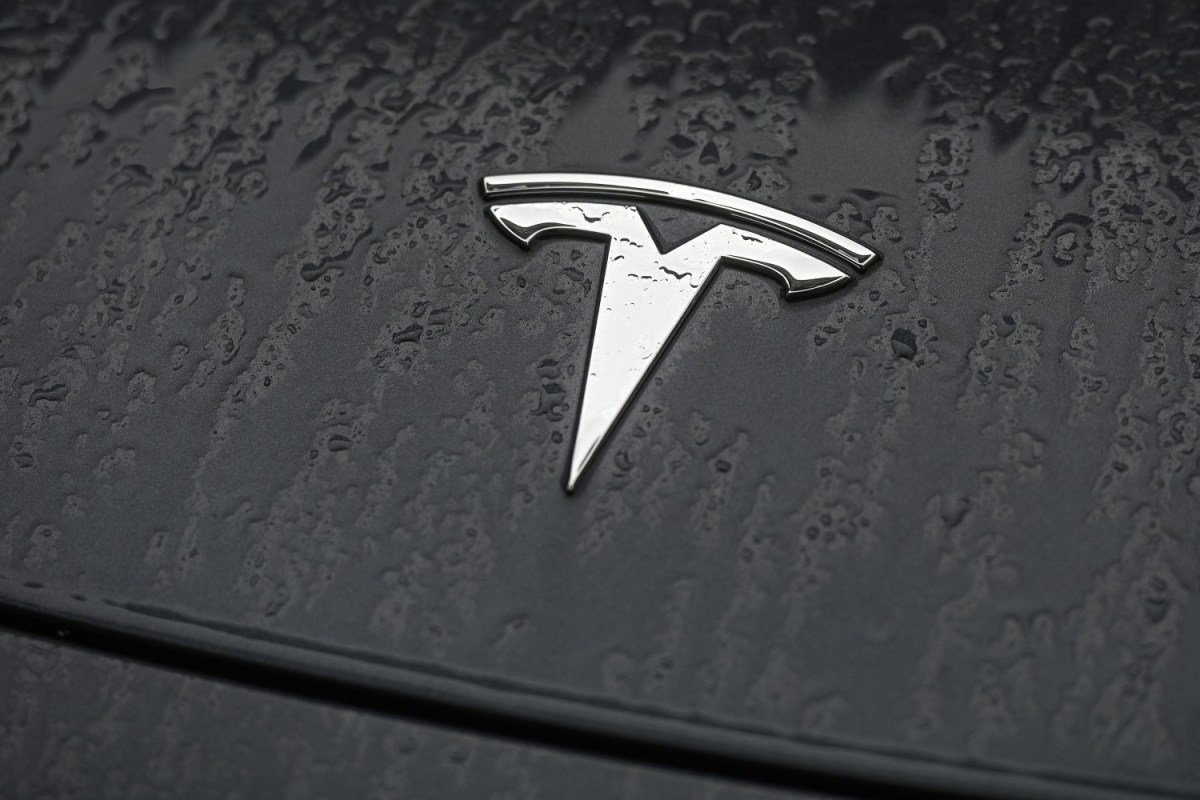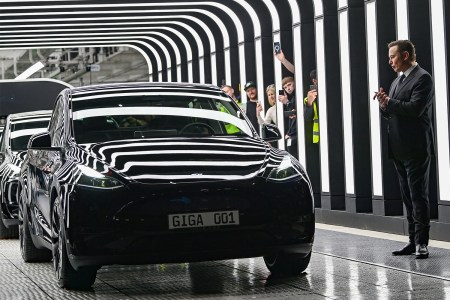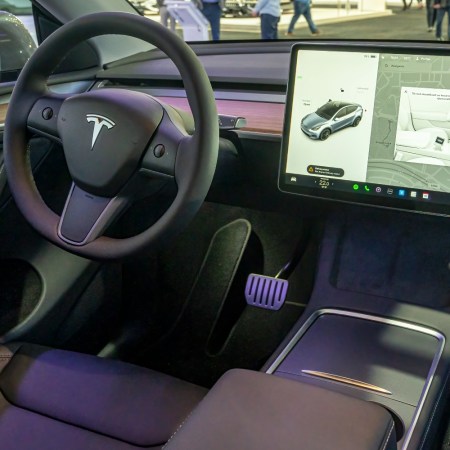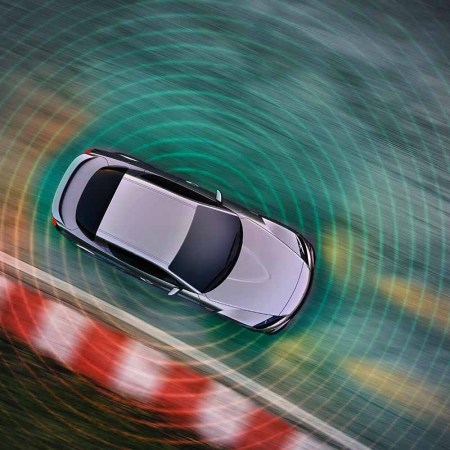As The Verge and other news outlets revealed earlier this month, Tesla recently issued an update to its self-driving software to address a host of safety concerns around the feature in question. The update, The Verge reported, would have an impact on close to two million of Tesla’s vehicles, and came in response to an NHTSA recall notice dated December 12, 2023.
The good news is that Teslas are receiving this update. The bad news? It doesn’t seem to be anywhere near as effective as it should be.
That, at least, was the experience of The Washington Post‘s Geoffrey A. Fowler, who recounted his experience driving his Model Y after it had received the update. “In my first test drive of the updated Tesla,” Fowler wrote, “it blew through two stop signs without even slowing down.”
Fowler’s tests of the update also suggest that some of the measures implemented to make the Tesla’s self-driving features more attentive to whether or not a driver is paying attention aren’t actually working. “[M]y car drove through the city with my hands off the wheel for stretches of a minute or more,” he wrote. “I could even activate Autopilot after I placed a sticker over the car’s interior camera used to track my attention.”
The Recall Tesla Doesn’t Want to Make
A Reuters investigation found premature failures of suspension or steering parts in tens of thousands of the automaker’s vehiclesFowler followed up with both Tesla and the NHTSA. The former did not respond to requests for comment; the latter told Fowler that their investigation of Tesla remains ongoing. Does this mean that we’re about to have an update to the update before long? If a safety update doesn’t make drivers or bystanders safer, that sounds inevitable.
This article was featured in the InsideHook newsletter. Sign up now.














